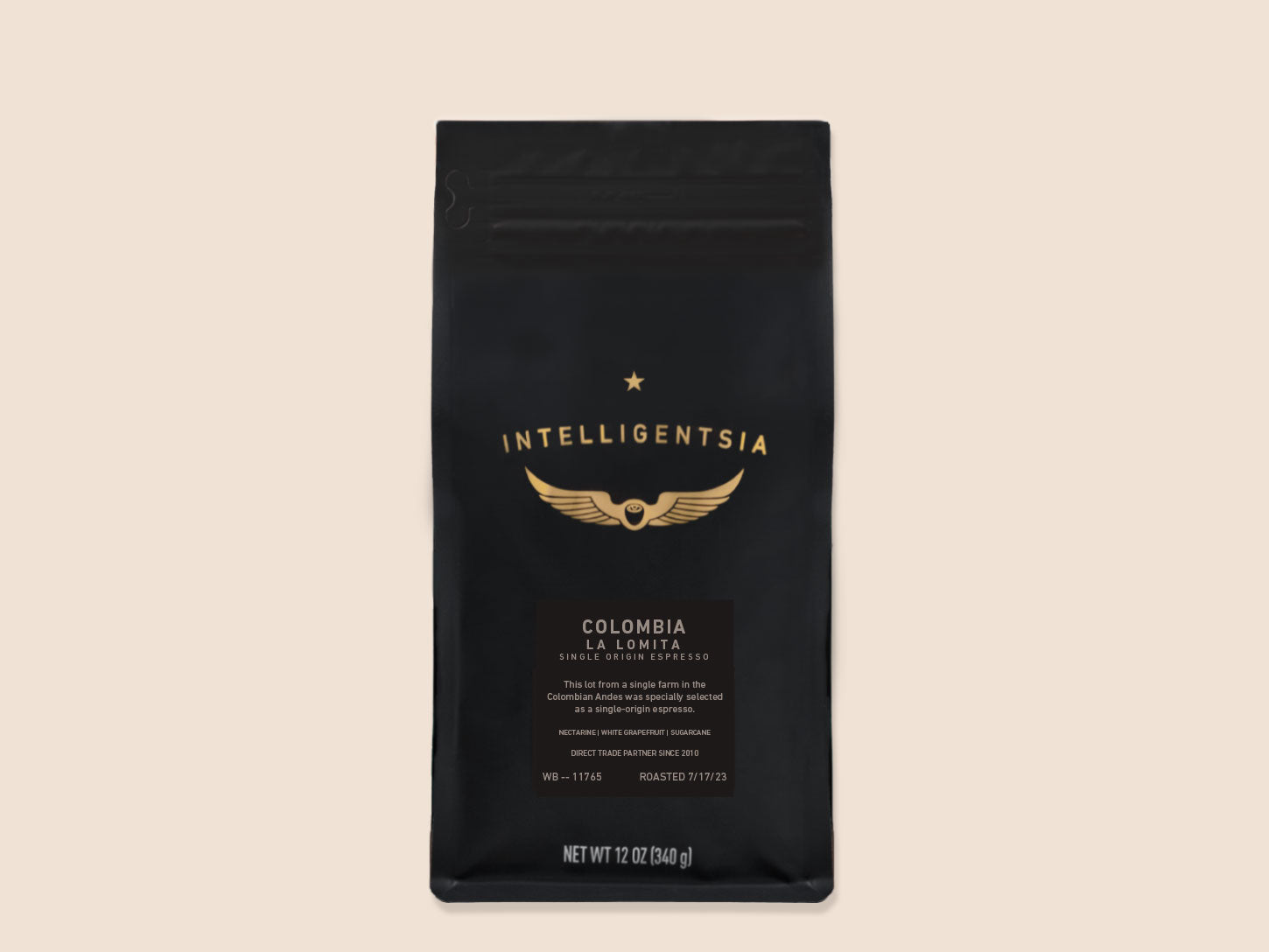Exploring the Abundant Tastes of Coffee Beans: a Deep Study Espresso and Blended Coffee Beans
When you explore the rich tastes of coffee beans, you discover a complicated world where each variety brings its very own personality to your cup. Understanding the origins, refining techniques, and toasting strategies can change your coffee experience. As you navigate through the art of coffee and the imagination behind combined coffees, you'll begin to value the nuances that make each sip special. What you'll find next could transform the method you enjoy your early morning mixture.
The Origins of Coffee Beans: Checking Out Terroir and Flavor Profiles
When you take a sip of coffee, you're not simply appreciating a drink; you're experiencing an abundant tapestry of flavors formed by the beans' origins. Each region produces special flavor accounts influenced by altitude, dirt, and climate. Beans from Ethiopia usually rupture with intense, fruity notes, while those from Colombia tend to provide a well balanced, nutty sweetness.
As you discover various origins, you'll see how terroir-- the ecological aspects affecting a crop-- plays an essential role - Single Origin Espresso. The exact same coffee variety can taste substantially different depending on where it's expanded
When you take into consideration these variables, you begin to appreciate the intricacy behind your cup. Each sip narrates of the land and the farmers that nurtured the beans. So, next time you indulge, believe concerning the trip your coffee took before it reached your hands, and enjoy those complex tastes that mirror its origin.
Comprehending Coffee: The Art and Scientific Research Behind the Mixture
When you believe regarding coffee, it's not nearly the strong flavor; it's also about the strategies that bring it to life. Recognizing just how different preparation methods impact preference can change your brewing experience. Let's explore the complexities of coffee preparation and uncover the unique taste accounts that make each cup special.
Coffee Prep Work Techniques
Espresso prep work is both a scientific research and an art, integrating accurate techniques with a deep understanding of coffee. To begin, you'll desire to choose top notch, newly roasted beans and grind them carefully for suitable extraction (Single Origin Espresso). The grind dimension is crucial; too crude, and your coffee will be weak, also great, and it'll be bitter
The result needs to be a rich, luscious espresso with a lovely layer of crema on top. With method, you'll master these methods.
Taste Profiles Explained
The globe of coffee offers an abundant tapestry of flavor profiles that can raise your coffee experience. Light roasts usually showcase bright acidity and vibrant flavors, while dark roasts present deeper, bolder tones.
A well-crafted mix could balance the intense notes of an Ethiopian bean with the rich, chocolatey undertones of a Brazilian bean. Embrace the trip of uncovering espresso's diverse tastes, and you'll change your coffee ritual into an amazing journey.
Processing Methods: Just How They Impact Flavor and Aroma
While it could appear that the origin of coffee beans is one of the most substantial aspect in determining their taste and scent, the processing methods made use of post-harvest play a similarly crucial role. You'll locate that these techniques can substantially alter the last preference account of your cup.
For example, the washed procedure removes the fruit from the beans prior to fermentation, usually resulting in a cleaner, brighter flavor. The natural procedure leaves the fruit intact throughout drying, resulting in a sweeter, fruitier account.
Other approaches, like honey processing, strike an equilibrium, allowing some fruit mucilage to remain, giving a special complexity.
Each processing strategy engages with the beans' inherent attributes, enhancing or muting specific flavors and fragrances. When you drink that espresso or mixed coffee, bear in mind that the journey from cherry to mug is influenced not just by beginning yet also by just how those beans were processed.
Toasting Techniques: Opening the Complete Potential of Coffee Beans
Roasting strategies web are important for disclosing the full capacity of coffee beans, as they transform raw, eco-friendly beans right into the aromatic, tasty coffee you appreciate. The choice of roasting method-- light, medium, or dark-- dramatically influences flavor profiles. Light roasts preserve the beans' natural level of acidity and fruity notes, while tool roasts equilibrium sweetness and richness. Dark roasts, on the other hand, highlight vibrant, great smoky tastes.
A slower roast at reduced temperatures permits for intricate flavors to develop, while a quicker roast can magnify bitterness. By understanding these strategies, you'll expose a world of taste, raising your coffee experience to new elevations.
The Magic of Blended Coffee: Developing One-of-a-kind Taste Experiences
Creating an unique taste experience with blended coffee can change your morning ritual into an exploration of taste. By incorporating various beans from various regions, you can disclose a symphony of tastes that raise your cup to new elevations. Each blend deals a distinct account, balancing sweetness, body, and level of acidity to develop something genuinely special.
When you select a mix, you're not simply picking a coffee; you're choosing a trip across diverse landscapes and societies. Explore various mixes allows you to uncover your personal favorites, whether you appreciate fruity notes or abundant, chocolatey undertones.

Tasting Notes: Acknowledging the Subtleties in Your Mug
As you sip your coffee, you might discover a range of tastes dancing on your taste buds, each exposing the intricacies of the beans. You may taste the brilliant level of acidity evocative citrus or the deep, rich notes akin to dark chocolate. The sweetness might stimulate honey or try this website sugar, stabilizing the total account wonderfully.
Focus on the body of the coffee-- does it feel light and airy, or is it full and velvety? The surface, also, supplies ideas; a lingering aftertaste may hint at nuttiness or floral touches.

Don't forget to explore the unique characteristics of various beginnings, as each region gives distinct tastes - Single Origin Espresso. For example, Ethiopian coffees commonly existing fruity notes, while Colombian beans could display a much more rounded sweet taste. By identifying these subtleties, you'll strengthen your gratitude for each mug, raising your coffee experience to new elevations

Developing Techniques: Taking Full Advantage Of Flavor Removal for each Bean
When you explore the various developing techniques, you'll discover that each strategy can substantially affect the taste profile of your coffee. From French press to pour-over, each method essences different substances, boosting or muting details notes. Using a French press permits oils to remain in the mixture, creating a richer preference, while pour-over emphasizes clearness and illumination.
Temperature and grind dimension likewise play essential functions. A coarser work works best for cool brews, while a great grind is suitable for espresso. Exploring with water temperature-- in between 195 ° F and 205 ° F-- can reveal concealed tastes, too.
Do not forget regarding soaking time; a quick extraction can bring about sour notes, while over-extraction may generate resentment. By readjusting these variables, you can make best use of flavor extraction and genuinely elevate your coffee experience. Take pleasure in the trip of finding what approach best fits your taste!
Regularly Asked Questions
What Is the Ideal Water Temperature for Developing Coffee?
The ideal water temperature for brewing coffee's in between 195 ° F and 205 ° F. If you use water that's as well hot, you'll over-extract tastes; also cool, and you will not extract enough. Goal for that pleasant spot for the very best mixture!
Just How Does Work Dimension Influence Coffee Flavor?
Grind size substantially influences coffee flavor. Finer grinds remove extra oils and tastes, leading to a bolder preference, while coarser grinds yield a lighter flavor. Adjusting grind size helps you accomplish your wanted coffee account.
Exist Health Benefits Related To Alcohol Consumption Coffee?

What Is the Distinction Between Arabica and Robusta Beans?
Arabica beans are smoother and sweeter, typically including fruity flavors, while robusta beans are stronger with a bitter taste and higher high levels of caffeine material. You'll discover these distinctions in fragrance and brewing experience.
Just How Can I Shop Coffee Beans for Quality?
To store coffee beans for freshness, keep them in a closed container, far from moisture, warm, and light. If you just grind what you require right prior to developing., you'll keep their flavor much longer.
Discovering the Abundant Flavors of Coffee Beans: a Deep Dive Into Espresso and Blended Coffee Beans.
When you discover the rich flavors of coffee beans, you discover a complex globe where each range brings its own personality to your mug.When you take a sip of coffee, you're not just delighting in a drink; you're experiencing browse around here a rich tapestry of flavors shaped by the beans' origins.Roasting techniques are essential for exposing the full capacity of coffee beans, as they transform raw, green beans right into the fragrant, flavorful coffee you enjoy.As you sip your coffee, you might see a spectrum of tastes dancing on your palate, each revealing the details of the beans.
Comments on “A Beginner’s Guide to Understanding SOE Single Origin Espresso”